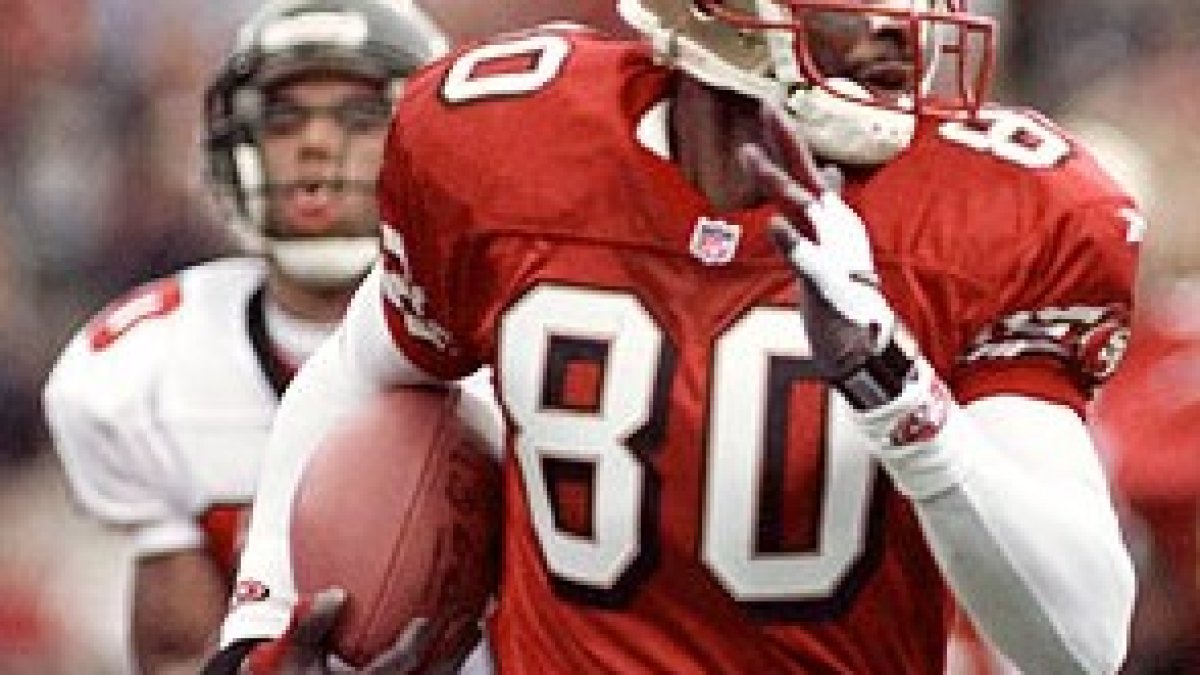 Football will never be cured of its small-sample problem. Sometimes, that is ok. Mike Clay’s series on opportunity-adjusted touchdowns demonstrates how one can circumvent that data limitation to improve projections. Opportunity-adjusted touchdowns are a tremendous demonstration of the kind of sophisticated analysis that new data will make possible in the coming years.
Football will never be cured of its small-sample problem. Sometimes, that is ok. Mike Clay’s series on opportunity-adjusted touchdowns demonstrates how one can circumvent that data limitation to improve projections. Opportunity-adjusted touchdowns are a tremendous demonstration of the kind of sophisticated analysis that new data will make possible in the coming years.
In dynasty analysis, the small-sample problem is more cumbersome. Not even a decade into the modern era of football statistics, there is simply not enough of the new data to look for patterns over careers and across eras.
I am curious, however, just how much the old data can tell us. I would contend that the reason historical seasons of data tend to be ignored is the belief that modern football is simply too different from in the previous decades, not that statistics like yards and touchdowns are poor predictors of themselves in future seasons. A cursory examination of league-wide statistics from 1970 to the present challenges that notion.
The only adjustment I made to the numbers in this and each subsequent table is for the number of teams in the league. From 1970-1975, there were 26 teams. Two were added in 1976. Another two were added in 1995. The Browns were resurrected in 1999, and the Texans added in 2002. I simply multiplied each season total in the table by a factor of 32 divided by the number of teams in the league in each season.
Apart from the dip in 1982 because of the strike, passing yards have remained remarkably consistent over the last 30 years. You can see the slow climb over the last decade that has been the result of rule changes benefiting the passing game, but it is gradual.
Interestingly, that 10-year increase in passing yards is as much about volume as it is efficiency. In 2003, quarterbacks combined to throw 16,493 pass attempts and averaged 6.64 yards per attempt. Meanwhile, in 2013, those numbers both increased, attempts to 18,136 (10.0 percent increase) and yards per attempt to 7.12 (7.3 percent increase).
The disparate trends in passing touchdowns and interceptions likely deserve the most credit for the offensive revolution. The reduction in interceptions may be driving both. For all of the 1970s and then sporadically through the 80s and early 90s, there were more interceptions than passing touchdowns. Since, a touchdown surplus has developed and expanded.
Given the challenge we all face in securing decent running backs, one might expect a decline in rushing yards. That has not been the case. Since the mid-90s, especially, production has been extremely consistent. However, that production has become more and more distributed with the recent trends to mobile quarterbacks and backfield committees.
While rushing yardage has remained constant, teams have hit those marks on fewer and fewer attempts. Prior to the new millennium, the league had never seen more than three consecutive seasons with a collective yards per rush average over 4.00. Since 2000, the league has exceeded 4.00 yards per rush every season. The shift toward pass-oriented offenses has clearly made life easier for backs on individual plays.
And while touchdown vulturing has become the new dirty word in fantasy football, overall touchdown production on the ground has remained steady.
I believe this exercise has demonstrated that the simple post-merger data is viable for current player comparisons. Next up: individual player comparisons for each position.
—
Scott Spratt was named Newcomer of the Year by the Fantasy Sports Writers Association. He also writes for RotoGraphs and contributes to ESPN Insider as a research associate for Baseball Info Solutions. Feel free to ask him questions on Twitter – @PFF_ScottSpratt
Find more of our Dynasty Content here.








 © 2024 PFF - all rights reserved.
© 2024 PFF - all rights reserved.